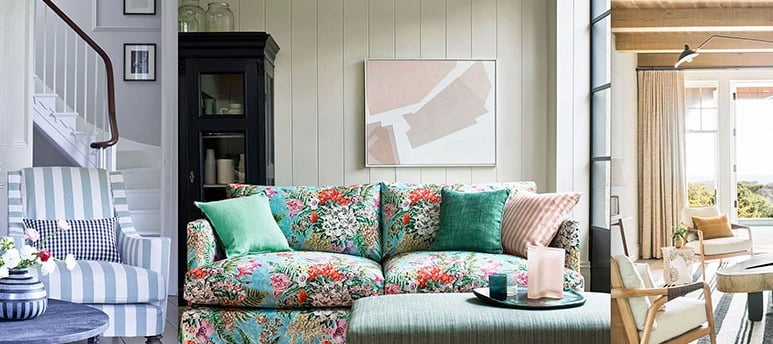Popular Interior Design Tips: Enhancing Your Living Spaces
INTERIORS
Hakan Kemal
7/23/20241 min read


Introduction
Interior design is the art of enhancing the interior of a space to create a more aesthetically pleasing and functional environment. Whether you’re redesigning your home, office, or any other space, certain design principles and trends can help you achieve a stylish and comfortable setting. This article explores some of the most popular interior design tips that can transform your living spaces, offering practical and creative ideas for every style and budget.
1. Embrace Minimalism
Minimalism is a timeless trend in interior design that emphasizes simplicity and functionality. To achieve a minimalist look, focus on decluttering your space and keeping only essential items. Choose furniture with clean lines and neutral colors. Incorporate hidden storage solutions to maintain a tidy environment. The minimalist approach not only creates a sense of calm and order but also makes your space appear larger and more open.
2. Use Color Wisely
Color plays a crucial role in setting the mood and tone of a room. Neutrals like white, beige, and gray are popular choices as they provide a versatile backdrop that can be easily updated with accessories. Bold colors can be used as accents to add personality and vibrancy to a space. Consider the psychological effects of colors—blue for calmness, yellow for happiness, and green for relaxation. Don’t be afraid to experiment with color, but aim for a balanced and harmonious palette.
3. Incorporate Natural Elements
Bringing nature indoors is a growing trend in interior design. Natural materials like wood, stone, and plants add warmth and texture to any space. Houseplants, in particular, are an excellent way to introduce greenery and improve air quality. Large windows that allow for plenty of natural light can also enhance the connection to the outdoors. Using natural elements creates a serene and inviting atmosphere.
4. Mix Textures and Patterns
Mixing different textures and patterns adds depth and interest to a room. Combine materials like wood, metal, glass, and fabric to create a layered look. For example, a plush rug can soften a room with sleek, modern furniture. Patterns, whether on wallpaper, upholstery, or throw pillows, can inject energy and character. The key is to balance patterns and textures so that they complement rather than overwhelm each other.
5. Focus on Lighting
Lighting is a fundamental aspect of interior design that affects the ambiance and functionality of a space. Layered lighting, which includes ambient, task, and accent lighting, ensures that a room is well-lit and versatile. Use a combination of ceiling lights, floor lamps, and table lamps to achieve the desired effect. Natural light should also be maximized through the use of sheer curtains or strategically placed mirrors that reflect light.
6. Personalize Your Space
Personalization is what makes a house a home. Incorporate elements that reflect your personality and interests. This could be artwork, family photos, travel souvenirs, or DIY projects. Creating a gallery wall is a popular way to display personal items in a stylish and cohesive manner. Personal touches add uniqueness and warmth to your space, making it truly yours.
7. Invest in Quality Furniture
Quality furniture is a worthwhile investment as it offers comfort, durability, and timeless appeal. Opt for pieces that are both functional and aesthetically pleasing. Modular and multifunctional furniture can be particularly useful in smaller spaces, providing flexibility and maximizing utility. When selecting furniture, consider the scale and proportion of the items in relation to the room to ensure a balanced look.
8. Create Focal Points
Every room should have a focal point that draws attention and anchors the space. This could be a fireplace, a piece of artwork, or a statement piece of furniture. A focal point gives a room a sense of purpose and direction. Arrange furniture and decor around the focal point to enhance its impact and create a cohesive design.
Conclusion
Interior design is all about creating spaces that are functional, aesthetically pleasing, and reflective of your personal style. By embracing minimalism, using color wisely, incorporating natural elements, mixing textures and patterns, focusing on lighting, personalizing your space, investing in quality furniture, and creating focal points, you can transform any space into a beautiful and inviting environment. Whether you’re undertaking a complete redesign or simply refreshing your decor, these popular interior design tips offer practical and creative ideas to inspire your next project.
